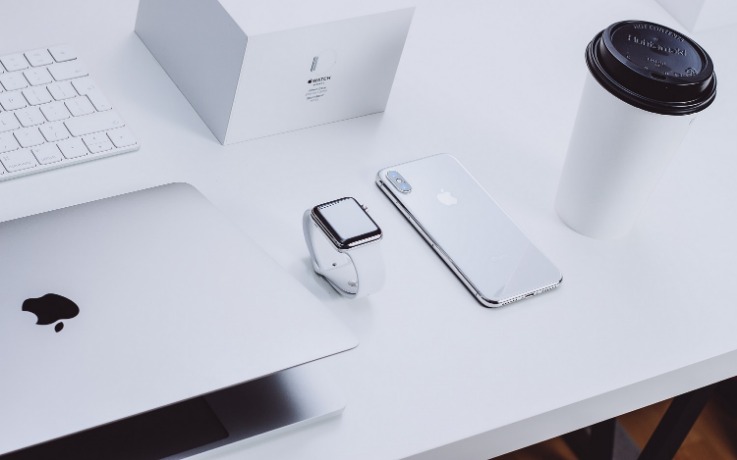Searches for spy apps for iphone often spring from curiosity, fear, or attempts to keep family and company devices safe. Yet the term is loaded: it bundles legitimate device management and parental controls with risky, sometimes unlawful surveillance. Understanding what’s possible, what’s permissible, and what’s wise is essential before installing anything that claims to watch an iPhone in secret.
What People Mean When They Say “Spy”
Marketing around spy apps for iphone typically promises visibility into messages, calls, locations, and social media. On iOS, however, Apple’s security model—sandboxing, permission prompts, background limits, and App Store review—constrains silent, persistent monitoring. The closest lawful tools resemble parental controls, Family Sharing, and enterprise mobile device management (MDM), all designed with disclosure and consent in mind.
Law, Consent, and Ethics
Secretly accessing another person’s device or accounts can be illegal and unethical. Consent is the baseline: monitoring should be limited to your own devices, supervised minors with appropriate notice, or employer-owned phones where policies are clear, acknowledged, and compliant with local laws. Even within these contexts, collect only what’s necessary, explain what’s being monitored, and respect privacy expectations.
Technical Realities on iOS
iOS restricts background access to sensitive data, requires explicit permissions, and isolates apps from one another. Many claims made by “stealth” tools either won’t work reliably without compromising the device or hinge on risky practices. End-to-end encrypted content isn’t openly available to third parties. Bypassing protections—such as jailbreaking—undermines security, voids warranties, and increases exposure to malware and data theft.
Built-In, Transparent Options
Apple’s Screen Time offers app limits, content filters, and activity reports for families who choose to use them, and Find My can help locate lost devices with consent. Communication Safety and other on-device protections aim to reduce harm without harvesting private data. These features prioritize clarity and control over secrecy.
Enterprise-Grade Oversight
Organizations use MDM and supervised mode on company-owned devices to enforce policies, deploy apps, and review limited device information. This is declared to users and governed by employment agreements, ensuring monitoring is purposeful, legal, and proportionate.
Risks of Third-Party “Spy” Tools
Many products marketed as spy apps for iphone are data-harvesting schemes or gray-market software that can expose personal information, drain battery, break after system updates, or entangle you in legal trouble. If an app promises invisible, total access, that promise itself is a red flag.
If You’re Considering Monitoring
Start with clear goals: safety, device hygiene, or policy compliance. Choose transparent, consent-based solutions from reputable developers. Favor native controls, MDM for organizational devices, and privacy-first approaches. Keep software updated, review permissions regularly, and avoid sideloading or configuration profiles you don’t understand.
For a deeper look at market claims and debates surrounding spy apps for iphone, consider independent analyses that scrutinize legality, security posture, and the real-world limits of iOS.
Bottom Line
The safest path is open, informed, and lawful. While the phrase spy apps for iphone suggests secret power, the most effective and sustainable solutions on iOS are those that respect consent, leverage built-in protections, and keep people—not surveillance—at the center of digital safety.



